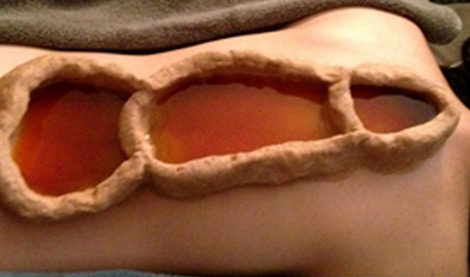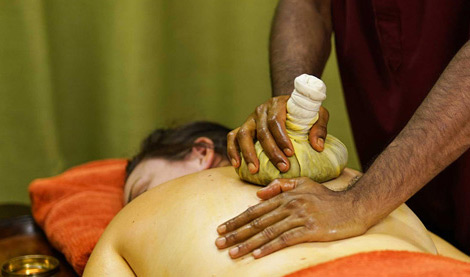Ayurvedic Pain Management

Pain Management
Pain, an uncomfortable sensation resulting from injury, damage, or medical conditions, finds effective relief through Ayurvedic pain management. Ayurveda, an ancient healing system, acknowledges pain’s diverse nature—sharp, dull, aching, burning, or shooting. It addresses common discomforts like headaches, joint pain, arthritis, and back pain with natural remedies. Ayurvedic principles distinguish between acute (from temporary tissue damage) and chronic pain (lasting more than three to six months). Through Ayurvedic therapies, herbal remedies, and lifestyle adjustments, individuals can find sustainable relief and embrace holistic well-being on their pain management journey.
Brief overview of Ayurveda as a holistic approach using natural remedies for pain relief.
According to Ayurveda, pain arises from an imbalance in one’s body constitution, or dosha (vata, pitta, kapha). By identifying your specific dosha and adopting the right diet, lifestyle, and natural remedies to restore balance, pain can be relieved. In Ayurveda, pain is viewed as a symptom of an underlying issue, making it crucial to address the root cause for effective relief.
The Three Doshas and Their Role in Pain Development
The three Doshas—Vata, Pitta, and Kapha—are thought to regulate physiological functions in Ayurvedic medicine, particularly in pain relief. An imbalance among these Doshas can result in pain due to their distinct roles in various conditions. For example, an imbalance in Vata, often linked to dryness and stiffness, may lead to joint pain and sciatica. In contrast, Pitta imbalance, characterized by inflammation and excess heat, can cause inflammation-related pain such as sinusitis and migraines. Meanwhile, Kapha imbalance, associated with congestion and swelling, may result in swelling and joint stiffness related to arthritis. Ayurveda posits that the treatment for pain differs based on its specific type.




Many pains arise from an imbalance of Vata Dosha, the accumulation of toxins (Ama), or the weakening of Asthi and Majja Dhatus. Ayurvedic panchakarma therapies provide natural, holistic approaches for alleviating various types of pain, including:
Techniques for Managing Pain with Ayurveda
Ayurvedic pain management techniques have been utilized for centuries to alleviate discomfort and ailments related to chronic pain. Based on the principles of Ayurveda, these techniques focus on balancing the body’s doshas and using natural remedies for pain such as herbs, massage, and yoga to encourage healing and pain relief. Under the guidance of a qualified the best Ayurvedic doctor for pain, these techniques can provide effective and long-lasting pain management without the potential side effects of conventional medications.
Ayurvedic massage therapy is a holistic approach to wellness that offers many Ayurvedic pain relief treatments.

Pain Relief through Ayurvedic Massage Therapy

Abhyangam
Abhyangam is an Ayurvedic massage designed for pain management, aiding in the reduction of muscle stiffness and knots while providing lubrication to the joints.

Basti
In Ayurveda, basti is a highly effective treatment for sciatica. Techniques such as massage, thermal therapy, and herbal remedies can significantly enhance pain management.

Kizhi
This Ayurvedic treatment for chronic pain is effective when the pain becomes unbearable due to a Vata imbalance.

Greeva Basti
Greeva Basti is a treatment for neck pain in Ayurveda.

Kati Basti
This Ayurvedic therapy for sciatica pain also provides relief for lower back pain.

Nasyam
Medicated oils travel through the nasal passages to the brain center, where they alleviate pain.
Conclusion:
Ayurvedic pain management takes a holistic approach that focuses on addressing the root cause of pain instead of merely alleviating symptoms. By identifying doshic imbalances and employing a blend of pain relief therapies, natural remedies, and lifestyle modifications, Ayurveda effectively manages pain while enhancing overall health and well-being.
